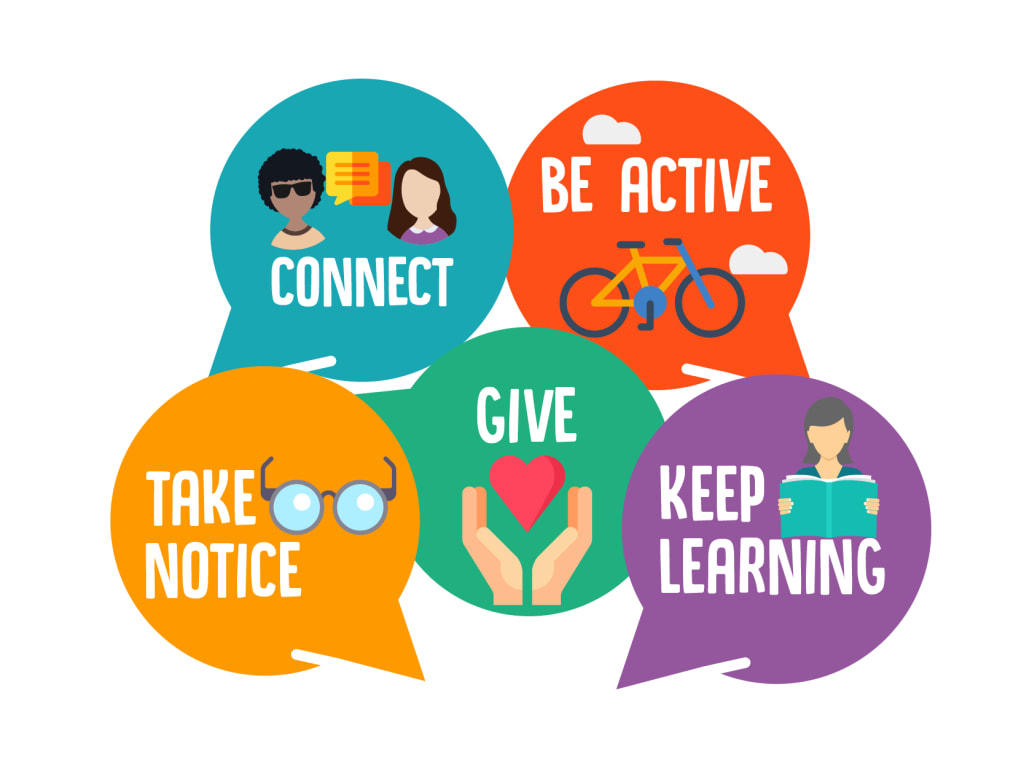How to Stay Safe and Avoid Spinal Cord Injuries
Well-Being and Health

Thousands of people are affected by spinal cord injury (SCI) every year. This can be vast, affecting both friends and family. A barrier most face on the road to recovery, who are researching spinal cord injury treatment, is in learning more about their injury, and of the best way to consider treating it. For some, it may seem like being back in a school classroom; learning new words such as lumbar vertebrae, or even lower motor neurons. Having a decent understanding of SCI will benefit patients when in discussion with their doctor. It can help them to ask questions, and challenge treatment options (if appropriate to do so).
The Spinal Cord
While some may be quick to assume that the spinal cord is a singular part, interestingly, the spinal cord is a column of both nerves (with protection from myelin), and 31-vertebrae (in the shape of a butterfly). The medical community understands the spine as being formed of four regions: cervical (topmost portion of the spine), thoracic (the middle of the spine), lumbar (lower region of the spine), and sacral (lower, triangle-shaped region of the spine).
Spinal Cord Injury Types
The spinal cord is best understood as two separate categories—incomplete spinal cord injury, and complete spinal cord injury. Incomplete spinal cord injuries refer to injuries in which the cord is only slightly severed. The injured person will still be able to use some functions. On the other hand, complete spinal cord injuries refer to injuries in which the cord is completely severed; which eliminates function. Incomplete spinal cord injury accounts for more than 60 percent of recorded injury (a 2015 US study found).
The most common form of injuries, which are incomplete, are: Anterior cord syndrome (injury to the front of the spinal cord which inhibits motor and sensory routes to the spinal cord), Central cord syndrome (injury to the center of the cord which inhibits nerve carrying signals from the brain to the spinal cord), and Brown-Sequard syndrome (prevalent moreso to one side of the body, limiting movement to the respective side).
Spinal cord injuries which are complete may be understood in the following three ways: Tetraplegia (damage to the cervical spinal cord, resulting in paralysis of limbs), Paraplegia (damage to the thoracic spinal cord, resulting in loss of sensation to the lower half of the body), and Triplegia (damage which results in loss of feeling in one arm and both legs).
Avoiding Spinal Cord Injury
It’s very typical for athletes to endure spinal cord injury as well as active day-to-day professionals. Quite often, this is the result of unbridled strain. It’s not always possible to avoid this type of injury, but here are five suggestions:
1) Warming-Up and Having a Stretch
Planning and carrying out a warm-up before exercise improves the way blood circulates around the body, and movement of muscles/ligaments. Doing this may not just improve your success in athletic performance, but also in preventing injury. Take these steps:
- Stretch at a calm and slow pace. Try to cause mild tension
- Hold stretches for times between 10, and 30 seconds
- Make sure that body parts are stretched for equal amounts of time
- Make sure to cool-down afterwards, to reduce soreness.

2) Use professional equipment.
Try and reduce injury by wearing equipment which protects you—professional sports shoes, neck rolls, and even shoulder pads. Doing this, especially in contact sports, may considerably reduce your risk of spinal cord injury.

3) Maintain hydration.
Thinking cleverly, you can avoid heat injuries to both extreme sport, and heat. Do so by:
- Drinking enough fluids
- Avoiding extreme heats, and humidity
- Not wearing heavy clothing
- Resting at various points of your exercise

4) Avoid over-exercising.
Conditions which damage your elbows or tendons are frequently caused by over-exercising different parts of your body. For example: Repetitive Motion Disorders (RMDs), or epicondylitis. Avoid over exercising by:
- Resting at various points of your exercise
- Use correct techniques for extreme sport, and for using machinery
- Seeing a doctor if you need advice on pain resulting from exercise
- Try and benefit from a variety of sports, not just one

5) Live healthily.
Take care of your lifestyle, diet, and well-being. Do so by:
- Resting, where appropriate
- Managing a healthy diet which satisfies nutritional needs
- Consult a physician once a year for a check-up
- Check with a doctor before undergoing exercise if you have pre-existing conditions






Comments
There are no comments for this story
Be the first to respond and start the conversation.